
METC combat medic training unveils new EMT sim labs
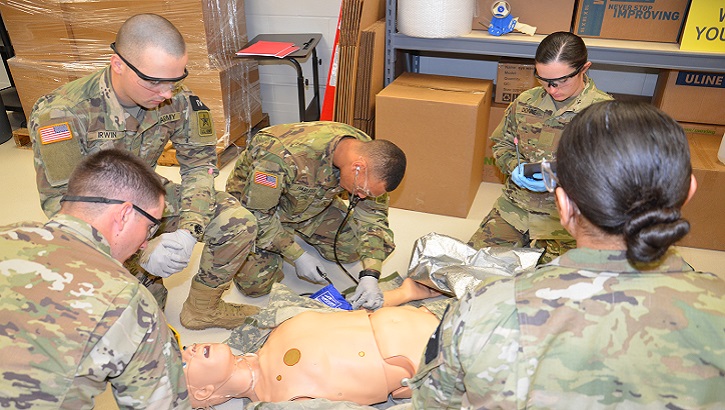
A team of combat medic trainees attend to a "patient" in the EMT warehouse lab. Students engage in various scenarios in the newly designed EMT simulation labs that resemble real environments that expose students to lifelike patient encounters. (U.S. Army photo by Lisa Braun)
Emergency medical technician training is an integral part of the Department of Combat Medic Training (DCMT) program at the Medical Education and Training Campus (METC). Located on Joint Base San Antonio-Fort Sam Houston, Texas, DCMT trains its students to effectively treat pre-hospital patients during emergency and non-emergency conditions in a variety of operational and clinical environments.
Students spend the first seven weeks in the 16-week program learning basic EMT skills and must pass the National Registry of Emergency Medical Technicians exam in order to move on to the next phase in the program.
Normally, students enrolled in an EMT program will ride along in an ambulance as well as conduct clinical rotations as part of their training. Because of the large number of students that DCMT trains – between 300 and 400 per class - it is not feasible to deliver this type of experience. Instead, training consisted of classroom lecture followed by simulated patient interactions - hands-on scenarios using partial manikins or classmates as “patients”, usually positioned on the floor or tables in an otherwise uninspiring lab space.
“The training labs were beginning to run their course,” stated Chris Kwader, DCMT simulation supervisor. “They were becoming boring and stale, and didn’t provide students with any sort of realistic patient encounter.”
EMT simulation staff Sara Miller, Mario Ramon and Jeffrey Schuld realized this and took matters into their own hands.
“Through the creativity of the DCMT EMT simulation staff, five different lab settings were designed to not only increase the students’ situational awareness, but also to expose students to real world patient encounters while in the learning environment,” Kwader explained.
Miller, an EMT instructor and supervisor of two of the sim labs, said that because her labs were the first to be finished, there was a brief overlap in the beginning with some students having used both the old and new labs. “The students like the interaction better in the new labs,” she stated. “The settings make it more realistic for them which they like because they feel like they’re interacting more with the patient.”
The “patients” are hi-fidelity Human Patient Simulators (HPS), or manikins, which are placed throughout the labs in five separate simulation rooms. Each lab room is constructed to resemble a different environment, complete with props and settings designed to give the space a realistic feel. The environments include a business office, a park and bodega, a warehouse, a residence, and a hospital emergency room. The “patient” might have suffered a traumatic injury or experienced a medical emergency. Students will enter one of the simulation rooms and assess their patient according to the given scenario. The HPS’s can be programmed to present vital signs, symptoms, and even talk, making the patient interaction that more realistic.
“It’s definitely different performing a live hands-on analysis than it is in the classroom just discussing it,” said Army Spc. Eric Blanchard, a DCMT student. “It’s good to get out there before working with real people to get more comfortable going through the motions. Even though it was a little nerve wracking, I enjoyed it and I hope to do more and get even better.”
Blanchard’s classmate, Army Pvt. Joshua Becker said that the training helped him to listen to everything the patient is telling him and to try to get on their level to understand what’s happening to them. “Being there with the manikin and understanding what to do and seeing everything happen is a lot different from just trying to go over it in class or with a friend.” He said the setting helped with the realism as well. “It is kind of different seeing the patient in a kitchen instead of on the classroom floor.”
The EMT simulation labs took four months to build, starting in September 2019 and completed at the end of January 2020. About 4,800 students are projected to run through the simulation labs each year.
EMT instructor Army Sgt. Latrelle Brigham experienced a lab for the first time while overseeing Blanchard, Becker and their team’s training scenario. “It’s different to be on this side of the spectrum as opposed to actually going through the lanes because I was in their position at one time,” she commented.
“The sim labs have really come a long way from when I went through,” Brigham continued. “The technology has really improved as far as the manikins can breathe, they can talk and their eyes move. I like the set up for the labs. We didn’t have any of that. The students now get a better feel for actual patients.”
Blanchard summed up the experience by explaining that there are certain things he and his fellow classmates are not going to realize in a classroom, such as how a patient might respond to questions.
“We’re doing this as professionals,” said Blanchard, “so getting more training under us and understanding more about patient interaction is going to make all the difference.”
Eyes on it: Optometry clinic ensures mission readiness
Article
2/4/2020
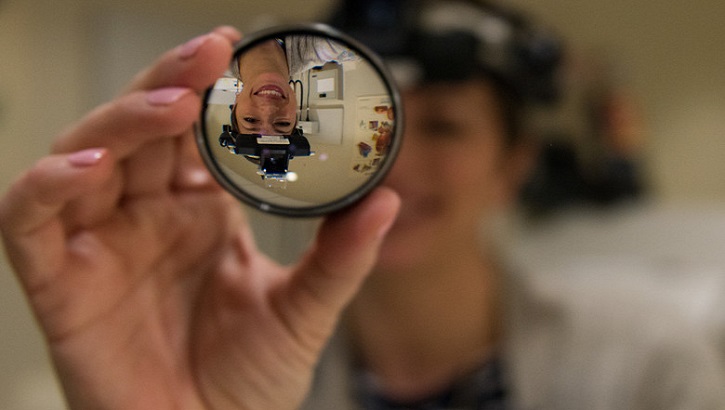
Eye exams are more than just reading a chart
MSMR Vol. 27 No. 2 - February 2020
Report
2/1/2020
A monthly publication of the Armed Forces Health Surveillance Branch. This issue of the peer-reviewed journal contains the following articles: Update: Malaria, U.S. Armed Forces, 2019; Diabetes mellitus and gestational diabetes, active and reserve component service members and dependents, 2008–2018; Increased risk for stress fractures and delayed healing with NSAID receipt, U.S. Armed Forces, 2014–2018; Brief report: Diagnoses of scarlet fever in Military Health System (MHS) beneficiaries under 17 years of age across the MHS and in England, 2013–2018; Images in health surveillance: Skin rashes in children due to infectious causes
Sorry flu, not this year
Article
1/27/2020
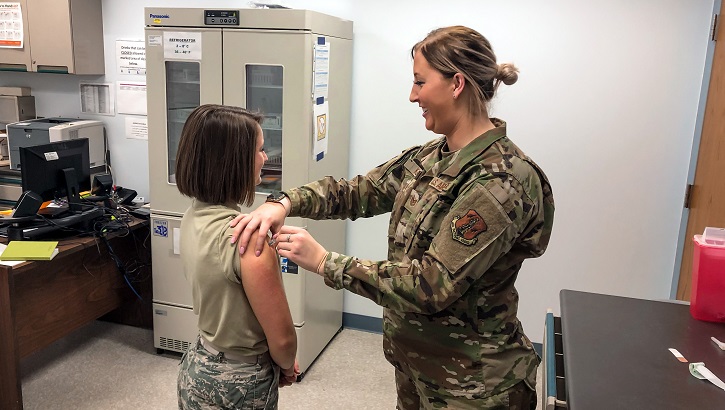
The Defense Logistics Agency Troop Support Medical supply chain teamed with Department of Defense partners to provide 3.4 million doses of the influenza vaccine to service members, dependents and retirees.
Mid-season flu activity increase: How to keep healthy
Article
1/22/2020

Despite reports of increased flu activity in the U.S., the Military Health System remains vigilant
HPV vaccine age limit raised by FDA to age 45
Article
1/14/2020

HPV shot protects against a host of diseases in men, women
U.S. Transportation Command: DoD’s manager for global patient movement
Article
1/9/2020
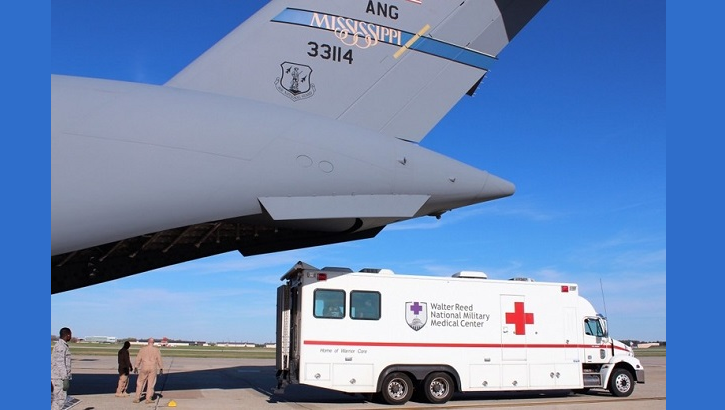
On a weekly basis, USTRANSCOM moves up to 40 patients from overseas to CONUS
Joint Chiefs say mind, body, spirit all part of Total Force Fitness
Article
1/7/2020
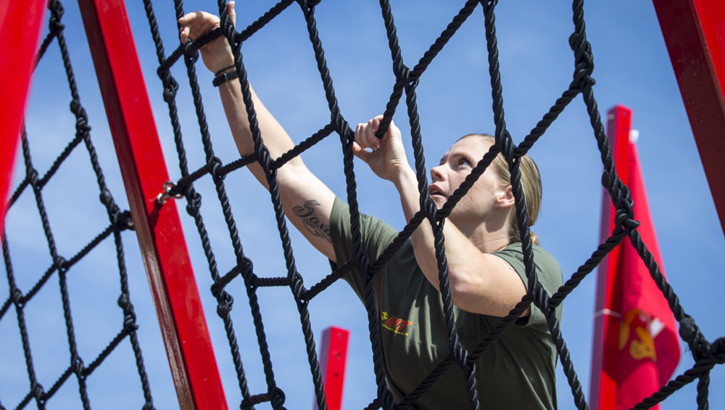
2020 focus on factors making service members, families “resilient”
Navy Medicine demonstrates Virtual Health options to Africa
Article
1/6/2020
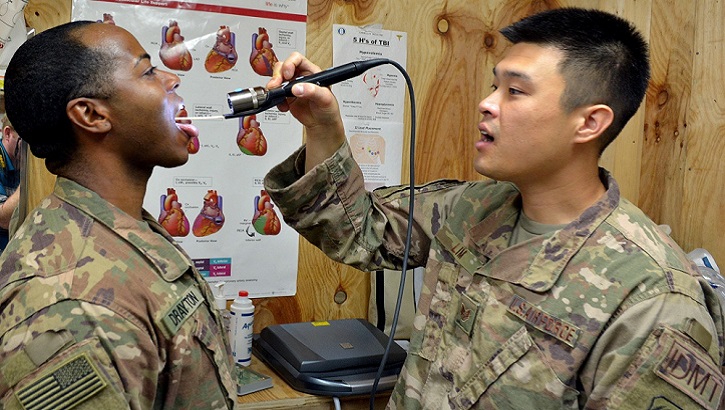
Djibouti hosts the largest U.S. American military base on the African continent
MSMR Vol. 27 No. 1 - January 2020
Report
1/1/2020
A monthly publication of the Armed Forces Health Surveillance Branch. This issue of the peer-reviewed journal contains the following articles: Carbon Monoxide Poisoning, Active and Reserve Component Service Members and Non-Service Member Beneficiaries of the Military Health System, U.S. Armed Forces, July 2009–June 2019; Respiratory Pathogen Surveillance Trends and Influenza Vaccine Effectiveness Estimates for the 2018–2019 Season Among Department of Defense Beneficiaries; Brief Report: The Early Impact of the MHS GENESIS Electronic Health Record System on the Capture of Healthcare Data for the Defense Medical Surveillance System; and Brief Report: Incidence and Prevalence of Idiopathic Corneal Ectasias, Active Component, 2001–2018.
Air Force studies fatigue, sleep to enhance readiness
Article
12/31/2019
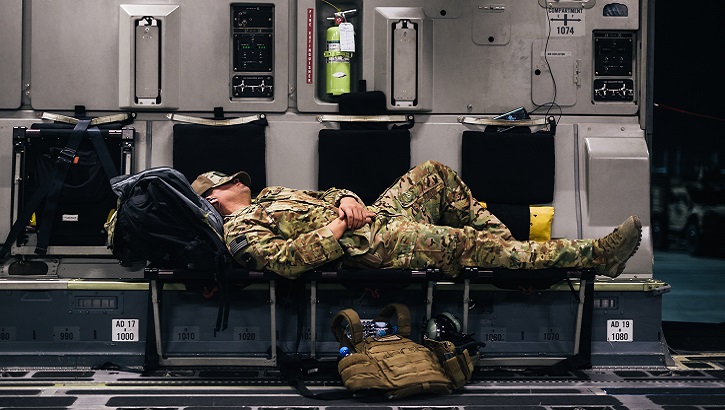
Good sleep habits are closely related to overall health and performance
Guard and Reserve crucial to CCATT expansion
Article
12/20/2019
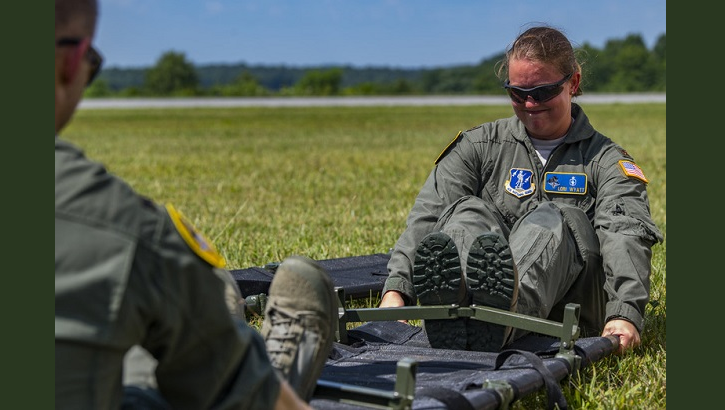
The Guard and Reserve support the bulk of aeromedical evacuation, CCATT capabilities
Air Force, Army medics save groom
Article
12/19/2019
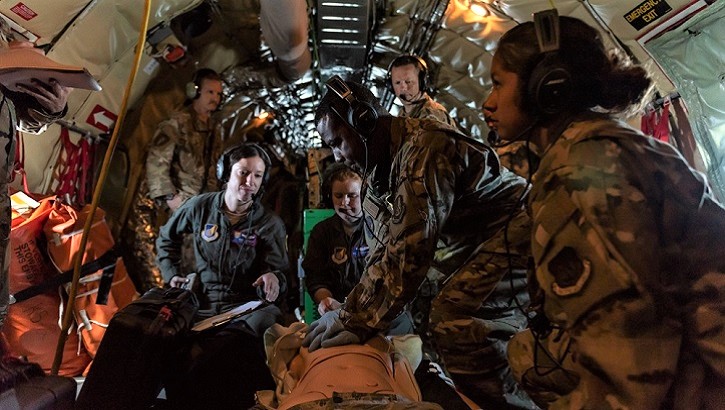
NCO’s first aeromedical evacuation mission was definitely challenging
McCaffery calls for military medical strategic framework for warfighting readiness
Article
12/5/2019

'New reality' includes tight synchronization, expanding partnerships
McCaffery AMSUS Remarks 2019
Publication
12/5/2019
McCaffery statements made during the 2019 annual meeting of AMSUS
MSMR Vol. 26 No. 12 - December 2019
Report
12/1/2019
A monthly publication of the Armed Forces Health Surveillance Branch. This issue of the peer-reviewed journal contains the following articles: Editorial: Mitigating the risk of disease from tick-borne encephalitis in U.S. military populations; Tick-borne encephalitis surveillance in U.S. military service members and beneficiaries, 2006–2018; Case report: Tick-borne encephalitis virus infection in beneficiaries of the U.S. military healthcare system in southern Germany; Update: Cold weather injuries, active and reserve components, U.S. Armed Forces, July 2014–June 2019





















.png)









No hay comentarios:
Publicar un comentario